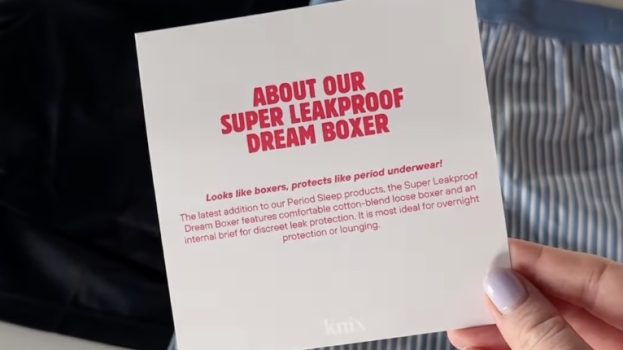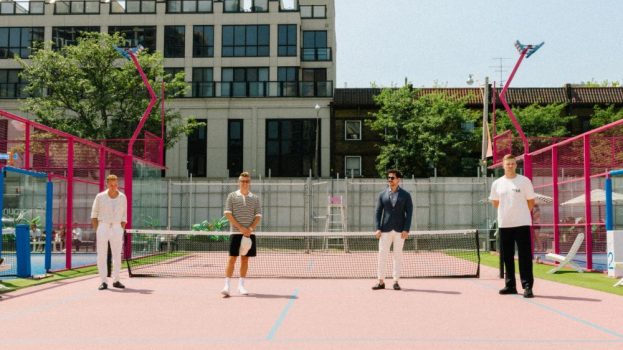Soon, people may want to keep their phones on during a movie.
Slyce, the app that turns everyone into a walking flyer, has rolled out a new feature, allowing people to “shop the look” from the big screen.
The Toronto app-maker (which allows users to take a photo of a product, such as a baby stroller or a shirt, and lets them search for it and buy it while out and about) has partnered with Screenvision, a company with a network of more than 2,200 theatres in the U.S.
The early trial for this new promotion will allow moviegoers to “shop the look” of their favourite stars by snapping a photo of movie posters and other marketing materials.
“In a movie like The Wolf of Wall Street, with lots of men’s fashion or nice watches and clothes, for example, you might really like the watch somebody has,” says Slyce president and chief digital officer Mark Elfenbein. “Now you have the ability to snap a picture of that movie poster and get the 15 or so relevant items that can be shopped from that movie.”
Elfenbein says the tech could also offer a “gateway” to finding out more about locations or fancy hotels visited in a movie.
The first deployment of the technology is expected to land in theatres in about 60 days, Elfenbein says.
In future, studios and other advertisers could offer other interactive experiences, including the ability to purchase movie soundtracks or merchandise like figurines, he adds.
But don’t expect the technology to be deployed inside the actual theatres just yet, Elfenbein says, since it “would be a little bit disruptive.
“There’s so many customers that will be walking past these types of advertisements inside of theatres that we don’t really need to go too far beyond that,” Elfenbein says. “You have a captive person, they’re there for that movie, so it’s a very good time to convert them to become a purchaser of related items.”
He says his company will look to partner directly with studios, such as Warner Bros. and Universal, to sell their merchandise to customers, along with “related partners” like Open Table for restaurants, Expedia for hotels and retailers for “shopping the look.”
The app works with what the company calls an “attribution model,” which categorizes items by colour, material, size, texture or even buttons – provided by the manufacturer.
The product’s info and images are registered in the software and when a consumer sees something he or she likes (say, a Coach bag or a nice pair of shoes), the software finds a comparable or exact match. Slyce has partnered with hundreds of retailers, Elfenbein says, and should be launching programs with them in the fall, though he says it cannot yet disclose any names.
The company also recently announced two deals with third-party apps. It’s agreement with Purchase Decision Network’s Shopper app (with more than 10 million active monthly users) will allow people to snap pictures of grocery items, such as a carton of milk, and be offered other relevant brands via the app. It also struck a deal this summer with mobile retail commerce specialist Xymob, which will allow users to snap a photo of an item they want with their smartphone to receive targeted coupons and offers.
With files from Megan Haynes and Jennifer Horn
























